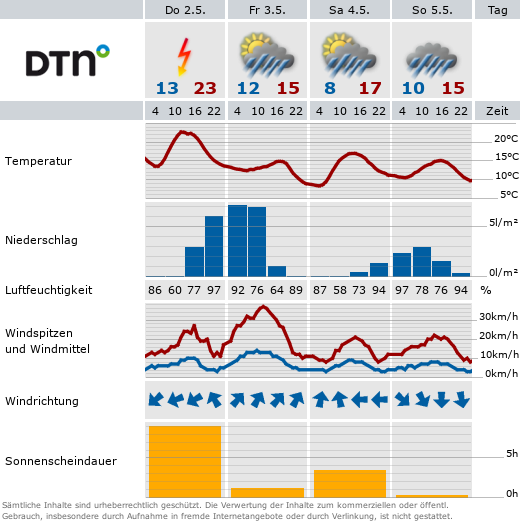International Day of Women and Girls in Science
On the International Day of Women and Girls in Science, the UN is promoting gender-equitable access to careers in science.
Worldwide, the proportion of women in science is less than 30 percent (UNESCO Germany n.d.). Women are particularly underrepresented in the STEM subjects (science, technology, engineering and mathematics).
Although the proportion of women at all academic career levels in Germany has steadily increased in recent years, it decreases as the qualification level increases: in 2023, women were more likely to obtain a degree than men (53%) and almost half of doctoral degrees (46%). After the doctorate, however, there is a slump in their share, as only 37% complete a habilitation. The proportion of women at the career levels of full-time professorships also decreases with increasing career level: in Germany, it was 29% in 2023, with the lowest proportion in engineering at 16% and the highest in the humanities at 43% (Statistisches Bundesamt 2024). The falling proportion of women at qualification levels compared to the proportion of men is shown in a scissor diagram and is also known as the "leaky pipeline effect" (CEWS 2024).
The reasons for the low female presence in science are still existing discriminations to which women are exposed, but men are not. This applies, for example, to family-related interruptions (parental or care periods), which become a career disadvantage, especially for women on the path to a professorship. Less visible factors, such as prejudices based on gender stereotypes and "old boys' networks", also play a role (Deutsche UNESCO-Kommission n.d.).
A continuous increase in the proportion of women at professorial level is to be achieved through legal regulations, for example. For example, the State Equal Opportunities Act in NRW stipulates that women must be given preferential consideration in the event of equal "suitability, aptitude and professional performance" (LGG NRW § 7, Section 1). In addition, universities must define the proportion of female professors that they want to achieve within a specified period of time (quota targets) in their equality concepts. However, there is still a long way to go to achieve a balanced gender ratio in professorships. At TU Dortmund University, the proportion of female professors in W2 and W3 professorships at the beginning of 2025 is 27%, although there are departments with a balanced gender distribution in the group of female professors, but also one that has no female professors.
Part of the gender equality work at universities is also to increase the proportion of female students in STEM subjects. At TU Dortmund University, for example, specific projects are offered for girls to counteract gender-stereotypical study and career choices as early as possible.
Every year on February 11, attention is drawn to women in science as role models. With the "For Women in Science" awards, UNESCO and the L'Oréal Foundation have been working for two decades to highlight and honor the achievements and careers of female researchers (Österreichische UNESCO-Kommission n.d.).
The documentary Picture a Scientist (US 2020) offers an insight into the world of science and the adversities of a female scientific career from the perspective of a biologist, a chemist and a geologist.
Last updated: February 2025
Sources (in German)
- Deutsche UNESCO-Kommission (n.d.): Frauen in der Wissenschaft. Last accessed 28.01.2025.
- Kompetenzzentrum Frauen in Wissenschaft und Forschung (CEWS, 2022): Frauen- und Männeranteile im akademischen Qualifikationsverlauf. Last accessed 28.01.2025.
- Österreichische UNESCO-Kommission (n.d.): 11. Februar: Internationaler Tag der Frauen und Mädchen in der Wissenschaft. Last accessed 28.01.2025.
- Statistisches Bundesamt (2024): 29 % Frauenanteil in der Professorenschaft 2023. Last accessed 29.01.2025.
- UN (n.d.): International Day of Women and Girls in Science, 11 February. Last accessed 28.01.2025.





